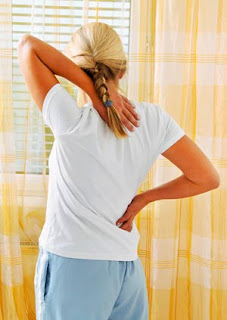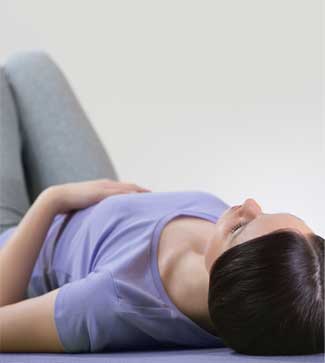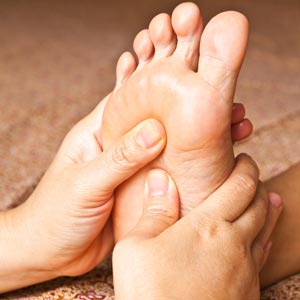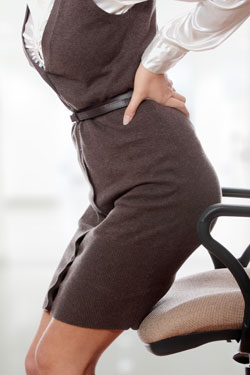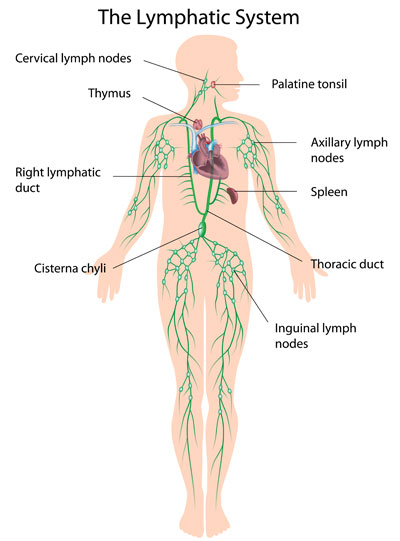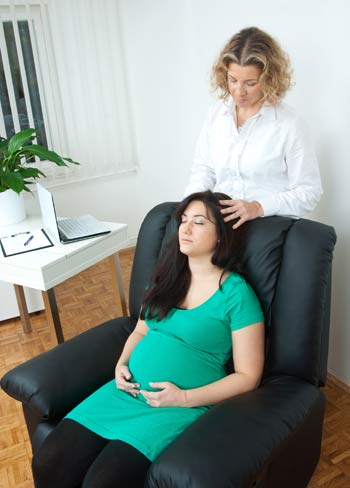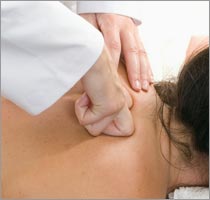Communication is Key
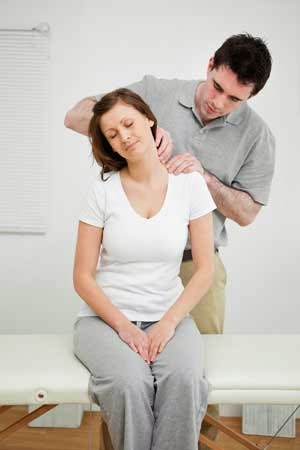
Massage therapy is as much about verbal communication as it is about physical communication. Yet few people realize how essential verbal communication is. Open dialog between the client and therapist can make all the difference in a session. Every time I meet a new client I spend at least five to 10 minutes discussing the reason they have come to see me, the character and onset of their pain, their background - whether they are an athlete or work long hours at the office - what kind of medicine or treatment they have tried, and other questions to help me assess each patient's individual needs. This is known as the H. O. P. S. assessment, where H stands for history, O stands for observation, P stands for palpation, and S stands for special tests (if needed). S can also stand for strength (of a muscle) or sensation (pins and needles) This process is key to understanding the client's pain, stress or illness, which then unlocks the answer to relief. It goes beyond having the
